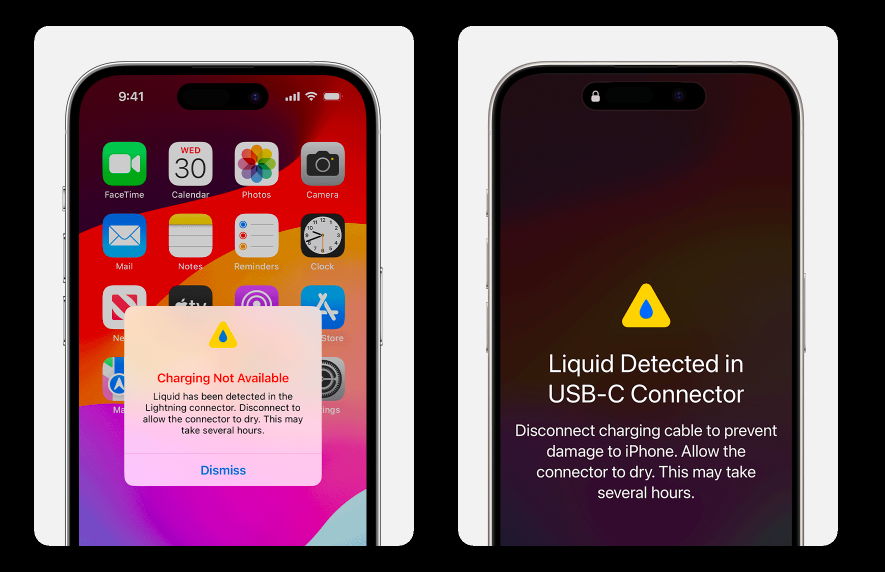The instinctive reaction for many iPhone users encountering liquid damage is to submerge the device in a bowl of rice. However, Apple’s official updated support documents explicitly advise against this practice, citing the potential for rice particles to become lodged within the phone’s delicate ports, potentially causing further harm.
Recently highlighted by Macworld, Apple’s support documentation outlines the recommended procedure for handling liquid-exposed iPhones. Notably, these guidelines extend beyond debunking the common rice myth. They also discourage the use of external heat sources, such as hair dryers or compressed air, for drying purposes. Additionally, the documents strictly warn against inserting foreign objects like cotton swabs or paper towels into charging ports, as these can cause internal damage.
Instead, Apple recommends a straightforward approach for drying a wet iPhone:

Discover new horizons, always connected with eSIM
Travel the world stress and hassle-free with the best eSIM service available. Enjoy unlimited data, 5G speeds, and global coverage for affordable prices with Holafly. And, enjoy an exclusive 5% discount.
- Gently tap the phone against your hand with the charging port facing downwards. This facilitates the expulsion of excess liquid, similar to shaking water out of your ear after swimming.
- Place the phone in a well-ventilated area and allow it to dry naturally. Avoid confined spaces or direct sunlight, as these can impede the drying process.
- Refrain from charging the iPhone for at least 30 minutes. It’s crucial to allow sufficient time for internal components to dry thoroughly, which can take up to 24 hours in some cases.
- If the liquid detection alert persists, exercise patience and allow for further drying. Continued presence of the alert indicates the presence of residual moisture within the device.
- Once the phone is completely dry, attempt charging again by reconnecting the cable.
Common practice for salvaging wet electronics involved submerging them in rice for a long time, leveraging its perceived moisture-absorbing properties. However, Apple’s official recommendations advise against this approach, citing the risk of rice particles becoming lodged within the device’s delicate internal components and potentially causing further damage. In most instances, allowing the phone to dry naturally in a well-ventilated environment proves to be the most effective solution.
It’s important to note that these recommendations are specifically applicable to iPhones equipped with liquid detection alerts, typically models from iPhone XS onwards. While the general principles remain similar, it’s always advisable to consult Apple’s official support for specific instructions tailored to your device model.
By adhering to these guidelines, iPhone users can increase their chances of successfully reviving their water-damaged devices without resorting to potentially harmful methods.



